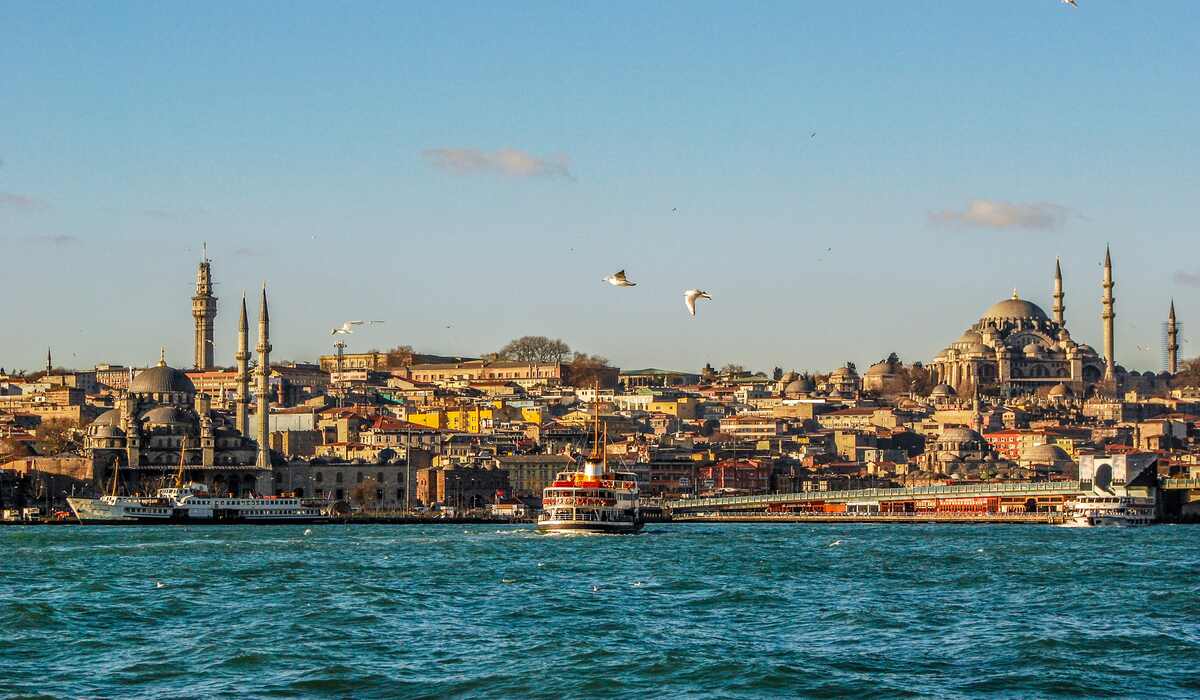Table of Contents
Step into the hallowed halls of history, into the very footprints of the apostle St. Paul himself, as we journey through a land steeped in religious reverence, historical significance, and diverse cultures – Biblical Turkey.
St. Paul’s journeys through Asia Minor (modern-day Turkey) shaped the course of early Christianity, and the landmarks associated with his missionary endeavors remain iconic attractions for any traveler. This country, a rich tapestry of ancient and modern, invites us to traverse along the very path tread by the Apostle to the Gentiles, to experience first-hand the sites that formed the cradle of early Christianity.
Antioch of Pisidia: The First Steps
Our pilgrimage begins in the ancient city of Antioch of Pisidia, now known as Yalvaç. Moreover, It was here that St. Paul embarked on his first missionary journey, spreading the gospel of Christianity to the Gentiles. Antioch’s grand ruins, including the Church of St. Paul, the ancient Roman aqueduct, and the impressive city walls. Additionally, remain as reminders of the city’s religious and historical importance.
Iconium, Lystra, and Derbe: The Heartland
From Antioch, St. Paul’s journey led him through the heart of Anatolia, to the cities of Iconium (modern-day Konya), Lystra, and Derbe.
In Iconium, you can visit the 13th-century Selimiye Mosque, an architectural marvel and a testament to the city’s rich historical tapestry. Further, Venture a little south, and you’ll find Lystra, where Paul healed a lame man and preached to a society steeped in Pagan beliefs. Archaeological finds from Lystra, such as the Temple of Zeus and the Imperial Cult Temple, paint a vivid picture of life during St. Paul’s time.
Derbe, on the other hand, though only a small town, holds an essential place in Paul’s story as it marked the turnaround point in his first journey. The ancient ruins found here reveal a blend of cultures, a testament to the vast diversity that existed during Paul’s time.
Antalya: The Vibrant Port City
Antalya, known in Paul’s time as Attalia, was the final stop on the first journey. This beautiful city, with its blend of ancient architecture and modern attractions. Also, offers a glimpse into the past with the Roman Harbor, where Paul and his companion Barnabas sailed to Antioch. Also, the historic Kaleiçi district, with its narrow cobbled streets, traditional Ottoman houses, and the iconic Hadrian’s Gate, adds a layer of charm and history to your trip.
Ephesus: The Jewel of Asia Minor
No journey through Biblical Turkey would be complete without a stop in Ephesus. Known as the most important Greek city in Ionian Asia Minor, Ephesus was a bustling port town during Paul’s time.
Today, the impressive Library of Celsus, the Grand Theatre where Paul addressed the Ephesians. However, the ruins of the Temple of Artemis (one of the Seven Wonders of the Ancient World) draw thousands of visitors each year. Additionally, A visit to Ephesus truly transports you back to the height of the Roman Empire and the days of St. Paul’s passionate evangelism.
From Tarsus to the Ends of the Earth
Let’s not forget Tarsus, the birthplace of St. Paul. The St. Paul’s Well and Church offer a glimpse into the apostle’s roots. Tarsus’s rich history and Paul’s legacy breathe life into the city’s stone and ruins, providing a unique cultural experience.
With our travel agency’s (www.travelshowtime.com) expert-guided tours, you will walk the path that St. Paul and his companions once tread. A journey through Biblical Turkey is not merely a sightseeing tour; it’s a pilgrimage, a walk through the annals of religious history, and a unique insight into the birth and growth of early Christianity.
To travel the path of St. Paul is to truly understand the trials, tribulations. As well as, triumphs of one of the most influential figures in Christian history. Moreover, Each stone tells a story, each city holds a secret, and every step taken is a journey deeper into the past, bringing history alive. Lastly, Join us on this voyage through time, through Biblical Turkey – the land where history speaks, and the echoes of the past reverberate through the centuries.
Photo by Engin Yapici on Unsplash


